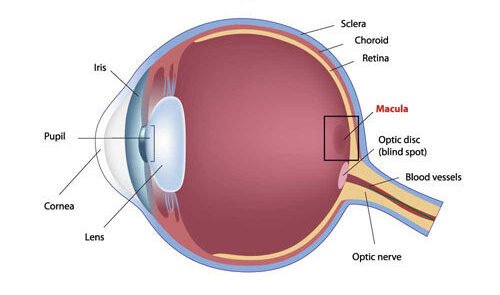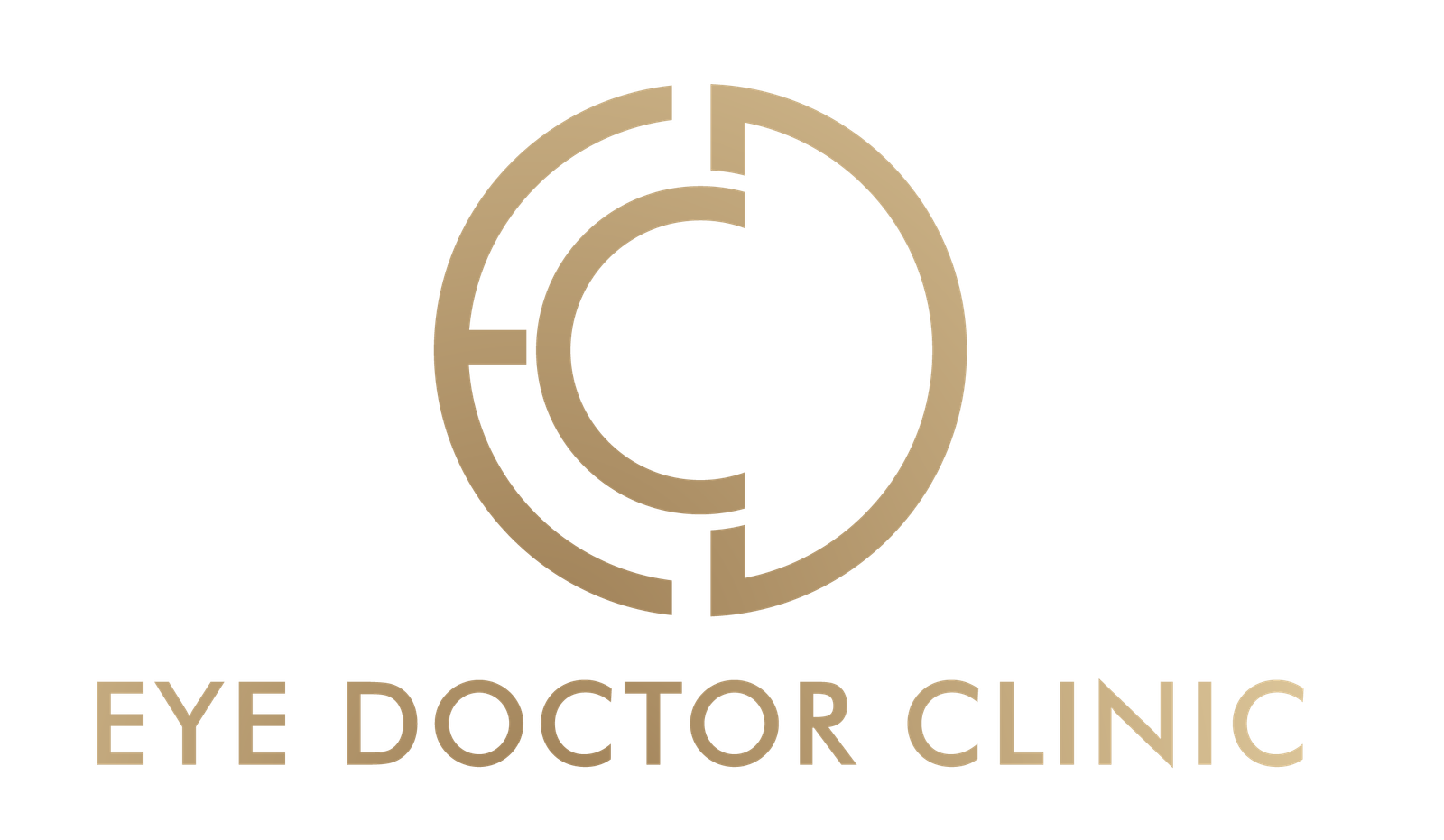
What is Age related macular degeneration?
Age related macular degeneration (AMD) is the commonest cause of visual impairment in the UK and accounts for almost 50% of reduced sight in the developed world. It occurs when the macular (the part of the retina at the back of the eye responsible for central vision) starts to malfunction or gets damaged. The cause of AMD is not fully understood but it is generally a disease which affects people over the age of 65 years.
Types of Age related macular degeneration (AMD)
There are two main types of AMD as follows:
- “Dry” Age related macular degeneration (AMD)
This is by far the commonest type, accounting for 90% of all cases of AMD. It can be considered as “macular ageing” whereby some of the retinal layers and light capturing cells (photoreceptors) become less effective. Dry AMD tends to be a slow and initially people may have difficulty with fine detailed vision eg reading small print, even when wearing appropriate spectacles. In more significant cases the central vision becomes more blurred making near and distant tasks difficult.
There is evidence that life-style changes can help slow disease progression. These include stopping smoking, controlling hypertension, wearing sunglasses and having a healthy diet (or taking mineral and vitamin supplements). If both eyes are affected a low vision aid assessment is usually helpful to discuss lighting and ensure that the best possible optical devices eg stronger spectacles, magnifiers or telescopes are available.
- “Wet” Age related macular degeneration (AMD)
This type of AMD accounts for the other 10% of cases. It results from small fragile blood vessels growing into the retina from the layer beneath (choroid). These vessels are prone to bleed which results in scarring in the macular area. Unlike dry AMD which affects central vision slowly, wet AMD often results in a more rapid loss of vision. The affected individual may notice central blurring or distorted vision (straight lines looking wavy).
Optical coherence tomography (OCT) is an imaging device which is extremely useful at detecting leaking blood vessels in the macular area, and therefore distinguishing between the different types of AMD. Diagnosing “wet” AMD early is crucial as injection of a medicine into the affected eye can often help stabilise or even reverse any sight loss.


Contact Us
We’re here to answer your questions and help you achieve optimal eye health.
Get In Touch
- Phone: 01903495532
- Location : 1 Brooks Road, Lewes, BN7 2DN
- Email: contact@eyedoctorclinic.co.uk
Opening Hours
- Monday - Saturday 10 am -6 pm
